Understanding every dashboard symbol keeps you safer, prevents breakdowns, and avoids costly repairs. If a light glows, it’s your car’s way of speaking: act fast on red, schedule service for amber, and treat green as helpful reminders.
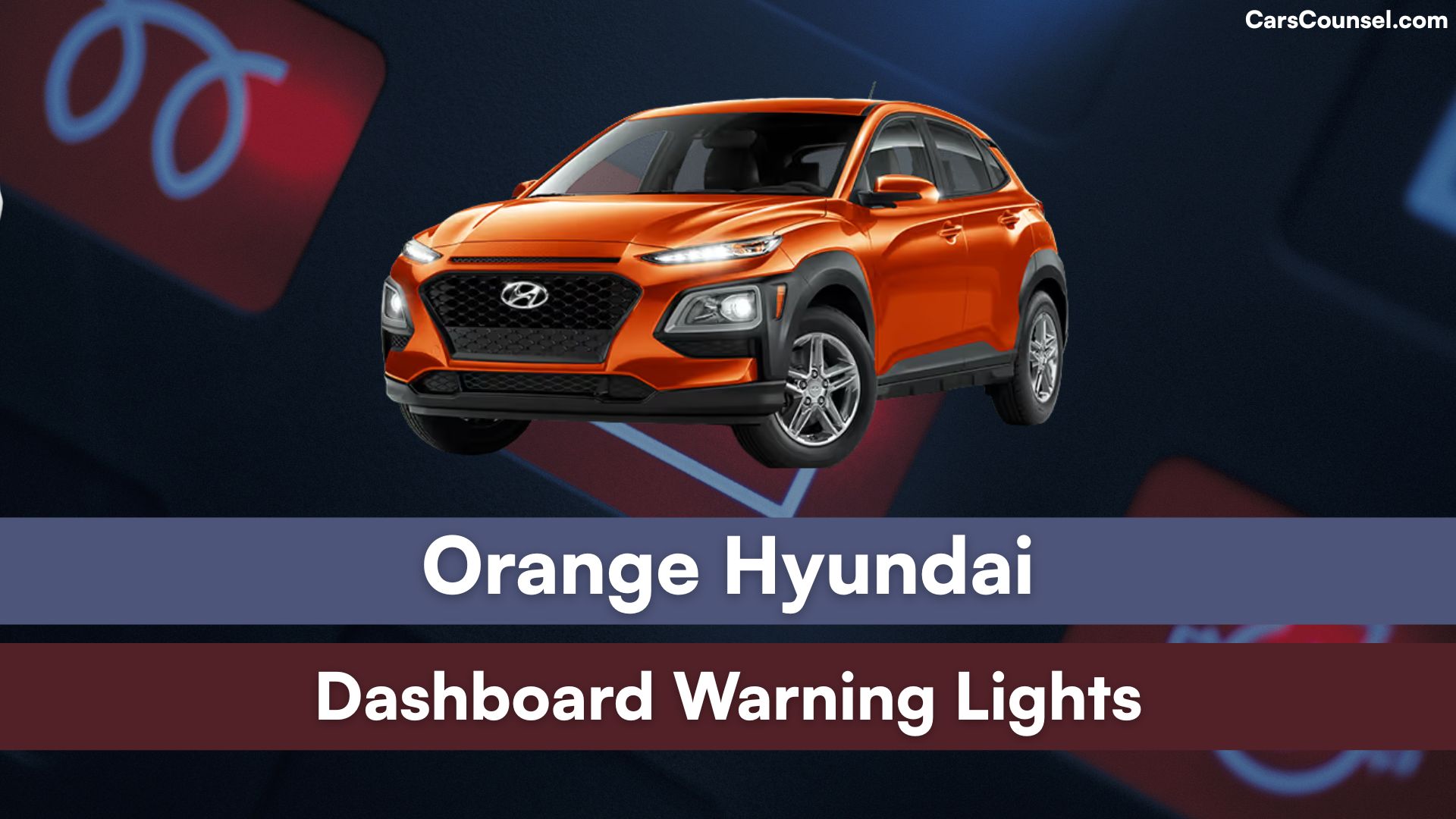
Quick Navigation
Red (Stop Immediately)
Engine Oil Pressure
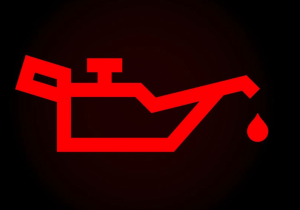
Oil isn’t circulating. Pull over, shut off engine, check level, and arrange a tow if oil is low or a leak is visible.
Brake System
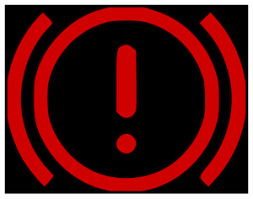
Hydraulic pressure or brake fluid is low. Stop in a safe spot and call roadside assistance.
Engine Coolant Overheat
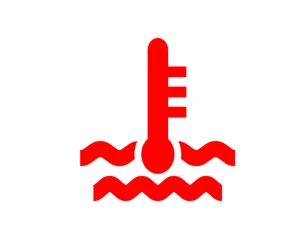
Temperature is too high. Park, switch off, wait for engine to cool, then check coolant level.
Battery Charging
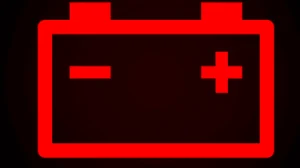
Alternator isn’t charging. Switch off non-essential electrics and head to a workshop before the engine stalls.
Airbag (SRS)

Fault in restraint system. Avoid long trips; airbags may not deploy in a crash.
Seatbelt Reminder

Driver or passenger belt unfastened. Buckle up before moving.
Door Ajar
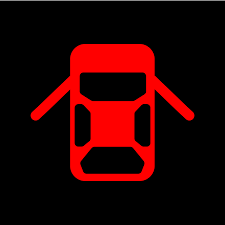
One or more doors not fully closed. Stop, open, and firmly shut each door.
Hood Ajar
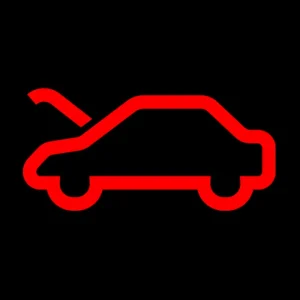
Bonnet not latched. Pull over and secure it to prevent it flying open.
Trunk Ajar
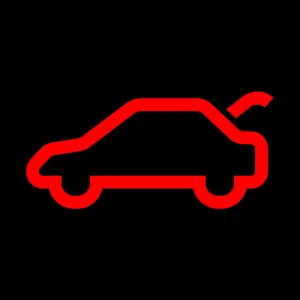
Tailgate open. Stop and close to avoid exhaust fumes or cargo loss.
Parking Brake Engaged
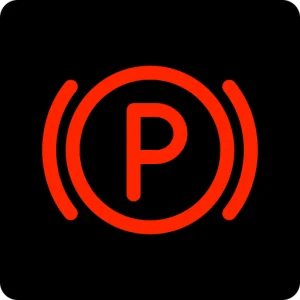
Handbrake is on or not fully released. Release it completely before driving.
Low Brake Fluid
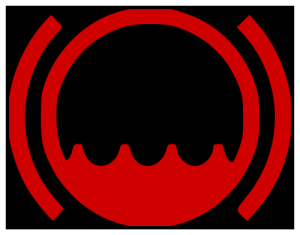
Reservoir below minimum. Do not continue; brakes may fail.
Power Steering Failure

Electric or hydraulic assist lost. Steering feels heavy—stop soon and seek repair.
Stop Lamp Failure

Brake lights not working. Other drivers can’t see you slowing—fix immediately.
Engine Overspeed
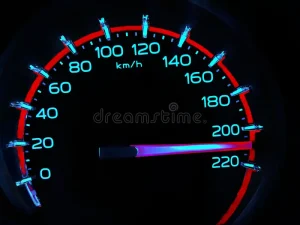
RPM exceeded safe limit. Ease off throttle; prolonged overspeed can ruin the engine.
Master Warning (Red Triangle)

Multiple critical faults detected. Park safely and request towing.
Yellow / Amber (Action Required Soon)
Check Engine (MIL)
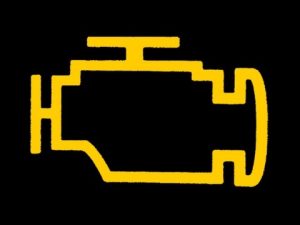
Emission or engine control issue. Car may run but needs diagnosis soon.
ABS
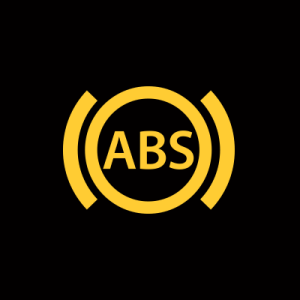
Anti-lock braking inactive. Brakes work but can lock in hard stops; book service.
ESC / ESP
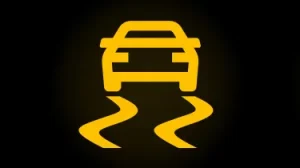
Stability control disabled. Drive cautiously and inspect system.
Tyre Pressure (TPMS)
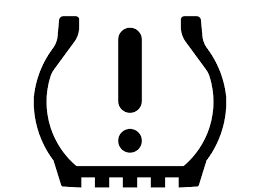
One or more tyres under-inflated. Check pressures and inflate to spec.
Traction Control OFF
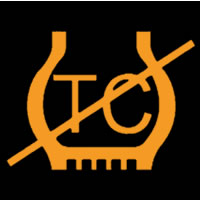
System turned off or faulty. Wheel spin is possible—re-enable or service.
Glow Plug (Diesel)

Heaters warming cylinders. Wait for it to go out before starting; stays on means fault.
DPF Regeneration Needed
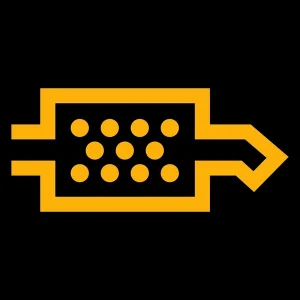
Diesel filter clogged. Drive at steady highway speed to clear; if persistent, visit service centre.
Transmission Temperature
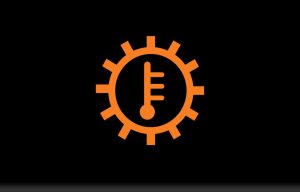
Gearbox too hot. Shift to neutral, idle to cool, then have fluid and cooling checked.
Lane Departure Warning
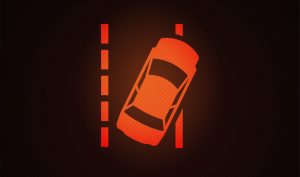
Camera can’t read lanes or detects drift. Clean windshield and stay centred; recalibrate if needed.
Forward Collision Warning

Sensor blocked or fault detected. Clean radar area and test; repair if light stays on.
Low Fuel
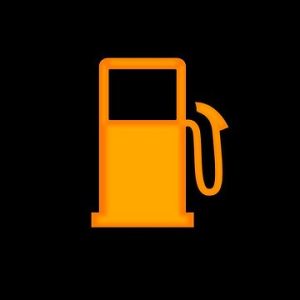
Tank near empty. Refuel promptly to avoid pump damage.
Water in Fuel
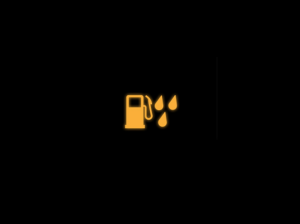
Diesel water separator full. Drain system to prevent engine damage.
Rear Fog Lamp ON
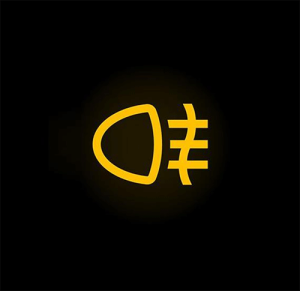
High-intensity rear fog light active. Switch off when visibility improves.
Green (Information Only)
Turn Signal
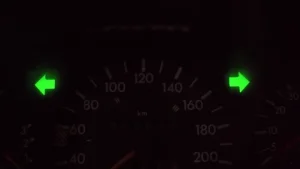
Indicator flashing means direction signal active.
High Beam

Main beams on; dim when traffic approaches.
Low Beam
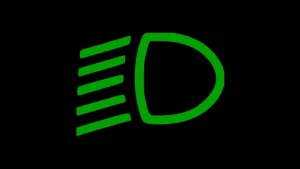
Standard headlights engaged for night driving.
Position / Parking Lights

Side lamps active for visibility when parked.
Front Fog Lamps

Low-level front fog lights on for poor visibility.
ECO Mode
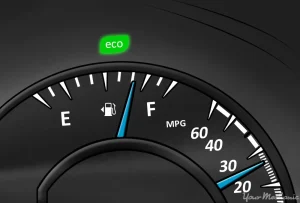
Economy program active, adjusting throttle and transmission for better mileage.
Cruise Control ON
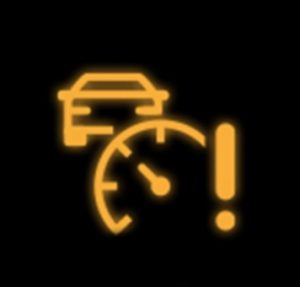
System armed; set speed not yet chosen.
Auto Hold
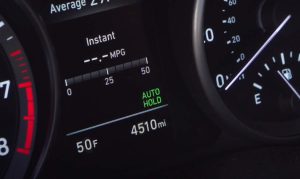
Brakes held automatically at stops; press accelerator to release.
Daytime Running Lights
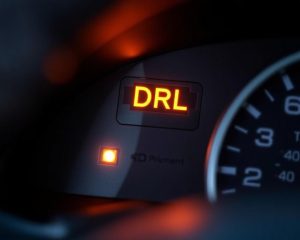
DRLs on for daylight visibility; no user action needed.
Ready (Hybrid/EV)
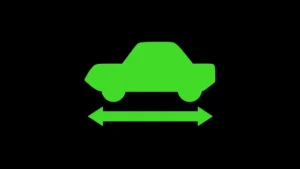
System powered and silent, vehicle can move.
Speed Limiter
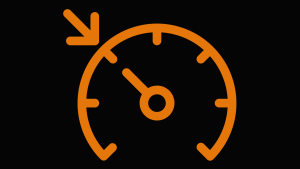
Car won’t exceed set speed until override.
4WD Lock Engaged
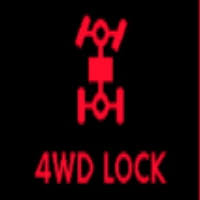
All-wheel-drive lock activated for slippery conditions.
Parking Assist Active
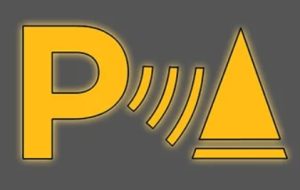
Ultrasonic sensors monitoring distance while manoeuvring.
When looking at Hyundai, make sure to check out our guides on models like the Hyundai Santro, Hyundai Santa Fe, Hyundai Elantra, and Hyundai Tucson. Understanding dashboard warning lights is essential. Our expert reviews break down what each light means, highlighting common alerts for these models and what they could signal about underlying issues, so you’re never left guessing behind the wheel.

